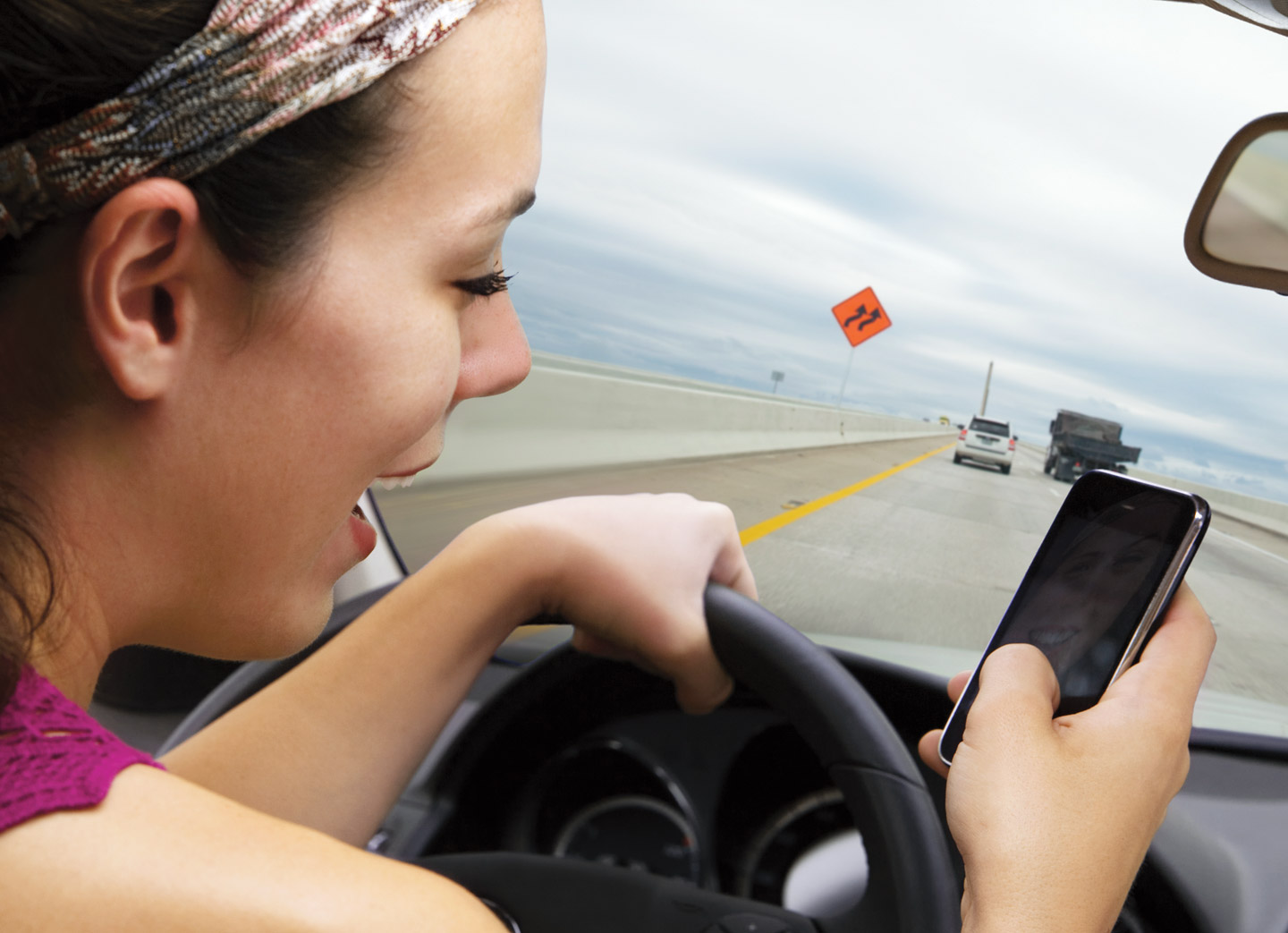In November, 20-year-old Onasi Olio-Rojas was live-streaming on Facebook while weaving in and out of traffic and speeding at more than 100 miles per hour on a crowded Rhode Island roadway. He lost control of his Honda Civic, smashing into a garbage truck and a concrete barrier. Pulled from the mangled wreckage, he was critically injured, but managed to survive.
Six days later, 18-year-old Brooke Miranda Hughes wasn’t as lucky. She was also live-streaming on Facebook when a tractor-trailer slammed into the back of her Suzuki Forenza on a Pennsylvania highway. Hughes and her 19-year-old passenger were both killed.
Horrific accidents like these are evidence of what authorities say has become a crisis of distracted driving. Drivers are using apps and social media, texting and talking on their phones, and interacting with increasingly complex multimedia on their car dashboards when they should be keeping their eyes on the road. The result is the largest annual percentage increase in traffic fatalities in 50 years.
“This is a crisis that needs to be addressed now,” says Mark Rosekind, former head of the National Highway Traffic Safety Administration.
When distracted driving entered the national consciousness a decade ago, the problem mainly involved people who made calls or sent texts from their cellphones. Now a host of new technologies are taking drivers’ eyes—or at least their minds—off the traffic around them. Car Wi-Fi is common, as are built-in systems for giving voice commands to phones, and drivers are mounting tablets and smartphones on their dashboards. Snapchat allows drivers to post photos that record the speed of the vehicle. The navigation app Waze rewards drivers with points when they report traffic jams and accidents.
In November, 20-year-old Onasi Olio-Rojas was live-streaming on Facebook. He was also weaving in and out of traffic. And he was speeding at more than 100 miles per hour on a crowded Rhode Island roadway.
Onasi lost control of his Honda Civic. He smashed into a garbage truck and a concrete barrier. He had to be pulled from the mangled wreckage. He was critically injured. But he survived.
Six days later, 18-year-old Brooke Miranda Hughes wasn’t as lucky. She was also live-streaming on Facebook. Suddenly, a tractor-trailer slammed into the back of her Suzuki Forenza on a Pennsylvania highway. Hughes and her 19-year-old passenger were both killed.
Horrific accidents like these are evidence of what authorities say has become a crisis of distracted driving.
Drivers are increasingly texting, talking, and using apps and social media while they are driving. They also interact with increasingly complex multimedia on their car dashboards when they should be keeping their eyes on the road. The result is the largest annual percentage increase in traffic fatalities in 50 years.
“This is a crisis that needs to be addressed now,” says Mark Rosekind, former head of the National Highway Traffic Safety Administration.
Distracted driving entered the national consciousness a decade ago. Back then, the problem mainly involved people who made calls or sent texts from their cellphones. Now a host of new technologies are taking drivers’ eyes, or at least their minds, off the traffic around them.
Car Wi-Fi is common. Built-in systems for giving voice commands to phones are also getting more popular. Drivers are mounting tablets and smartphones on their dashboards. Snapchat allows drivers to post photos that record the speed of the vehicle. The navigation app Waze rewards drivers with points when they report traffic jams and accidents.

